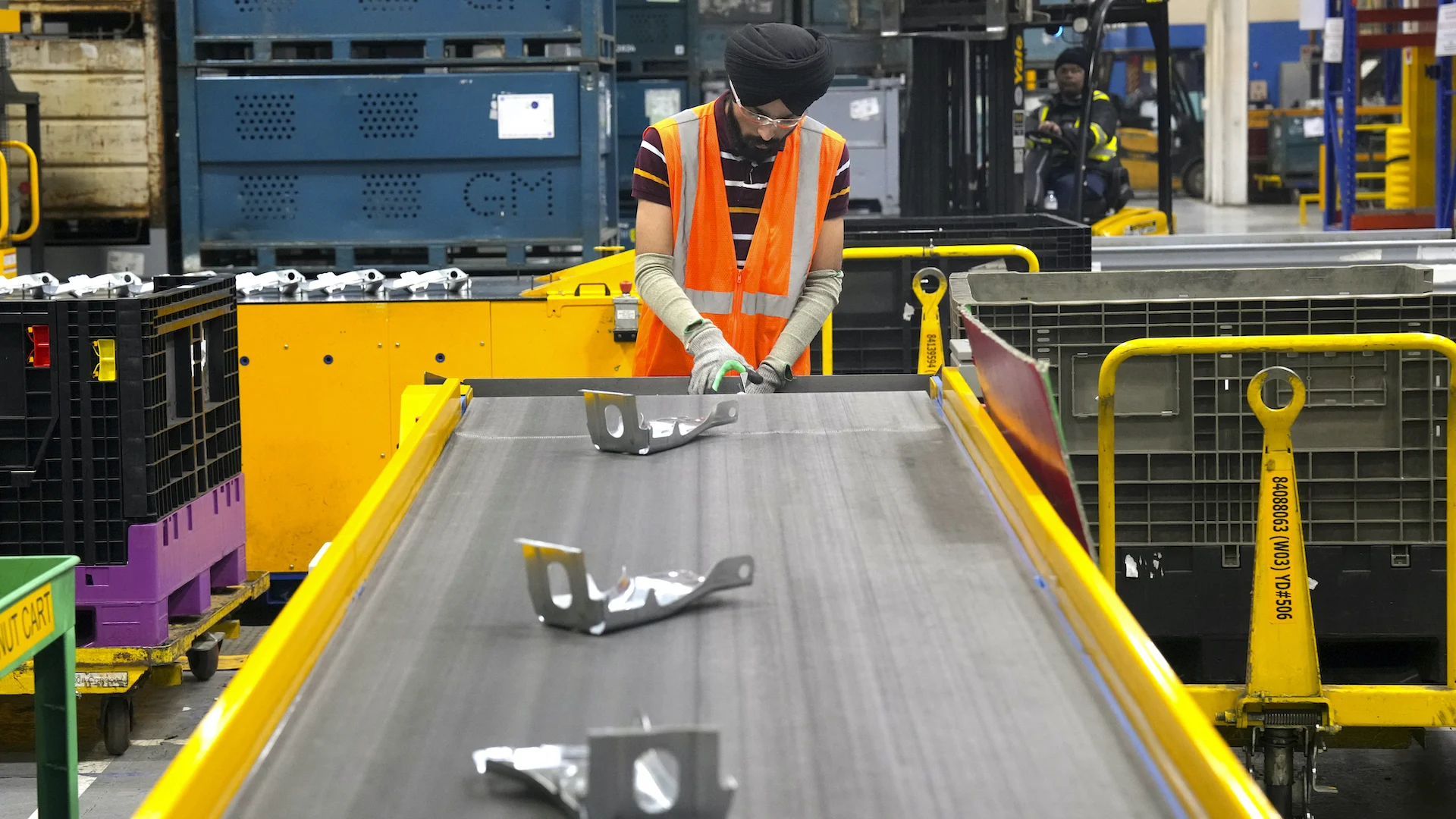Laser technology to protect critica… – Information Centre – Research & Innovation

© stnazkul #84059942, supply:inventory.adobe.com 2020
It is mentioned that lightning in no way strikes the exact put 2 times. But just one particular strike can be sufficient to lead to substantial hurt. Not only do lightning strikes destroy up to 24 000 individuals each 12 months, theyre also liable for power outages, forest fires, and structural hurt.
When lightning strikes important infrastructure and sensitive web-sites like airports and rocket launch pads, the end result can be billions of euros in hurt. To mitigate this possibility, the EU-funded LLR project has established out to do what was the moment thought of not possible: handle lightning.
Todays lightning security devices are continue to primarily based on the lightning rod formulated by Benjamin Franklin nearly three hundred many years in the past, states Aurélien Houard, a researcher at Ecole Polytechnique in France and LLR (Laser Lighnting Rod) project coordinator. Our project intends to update this concept making use of a extremely impressive laser.
A impressive laser beam
At the coronary heart of the project is a novel form of laser featuring a impressive beam. This beam will act as a preferential path for the lightning, diverting it away from prospective victims. The distinctive laser will also manual lightning flashes to the ground to discharge the electrical demand in the clouds.
To illustrate, when installed at an airport, the laser lightning rod would work in conjunction with an early warning radar method. Upon the growth of thunderstorm disorders, the laser would be fired toward the cloud to deflect the lightning strike away from aircraft for the duration of choose-off, landing, taxiing, and ground operations, explains Houard. In influence, this would produce a risk-free corridor surrounded and shielded by lasers.
Ground-breaking technologies
To accomplish the important depth and repetition fee, the project has employed a range of ground-breaking systems. For case in point, it uses chirped pulse amplification (CPA), the current-point out-of-the-art approach used by most of the worlds high-power lasers and the winner of the 2018 Nobel Prize in Physics. CPA is a approach for amplifying an ultrashort laser pulse, states Houard. It functions by stretching out the laser pulse temporally, amplifying it, and then re-compressing it.
To produce the small laser pulses at a high repetition fee of 1 000 pictures for each next, the project staff experienced to scale up the lasers average power. To do this, innovative amplification technologies formulated by Trumpf, a German industrial device manufacturing firm and member of the project consortium, was used.
In accordance to Houard, the strength equipped by the technologys numerous diodes is concentrated in a extremely thin disk of crystal cooled by drinking water. When the laser pulse goes even though the crystal, the stored strength is transferred to the laser pulse as a result of a quantum mechanism called laser gain, he states. The layout of this thin disk amplifier allowed for an boost in the power of the ultrashort laser by an purchase of magnitude.
The project also formulated an revolutionary method for predicting lightning activity. Using a combination of typical data from climate stations and synthetic intelligence, the associates formulated a new way of predicting lightning strikes within just a forecast interval of 10 to thirty minutes and within just a radius of thirty kilometres, responses Houard. This is the 1st time that a method primarily based on very simple meteorological data has been in a position to forecast lightning strikes as a result of authentic-time calculations.
Demonstration planned for 2021
The LLR staff is currently tests the laser in Paris, with the purpose of validating the concept of safely guiding a lightning strike to the ground by projecting a extended-selection beam into the environment.
A final demonstration of the LLR concept is established to choose put on Mt. Säntis in Switzerland, which is household to a Swisscom tower that is struck by lightning in excess of one hundred times each 12 months. The demonstration is planned for 2021. Following a profitable demonstration, the project staff is assured that the method will be prepared for whole commercialisation within just a several many years.




